Uruguay
Until last week, what did I know about Uruguay? Not much. Except that it’s in South America, they speak Spanish, and that back in 1972, a chartered flight of Uruguayan rugby players crashed in the Andes. The best and only way to find out what a place is like is to go there. Yes, there’s really no substitute.
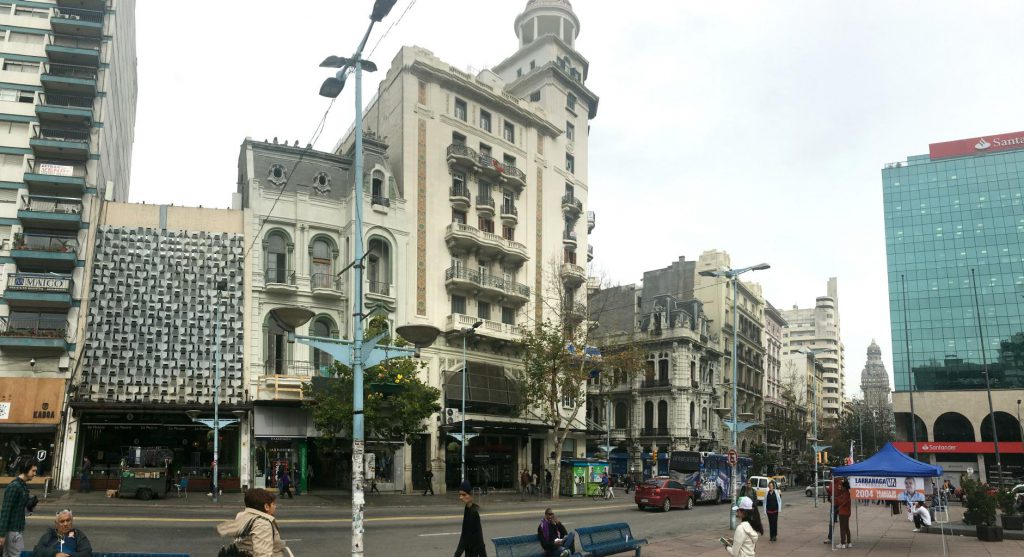
The capital city is Montevideo. It has an international airport, so it’s easy to get here. On landing, the folks at customs and immigration welcomed me into the country — with a 90-day visa for free! When one’s first real contact with another country is fast, easy and friendly, it makes a good impression and sets a nice tone for the rest of the visit. Other countries should take note.
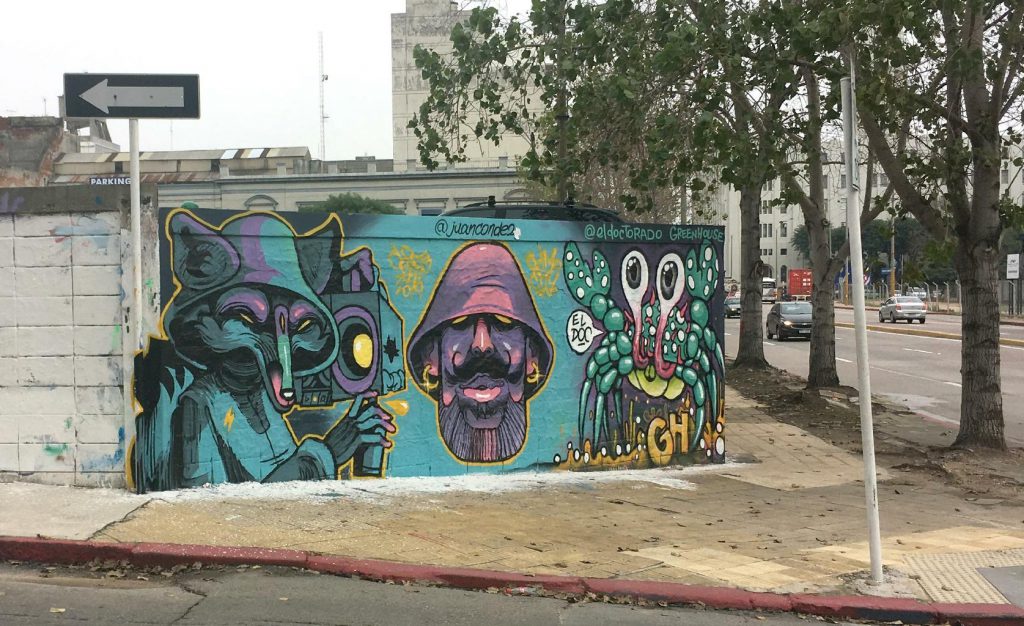
Montevideo is a slightly scruffy city. It doesn’t have the population or the money to build an impressive city landscape or a high-speed transportation infrastructure. Instead, the sidewalks are dirty, the buses need shock absorbers, and street art covers unpainted walls.
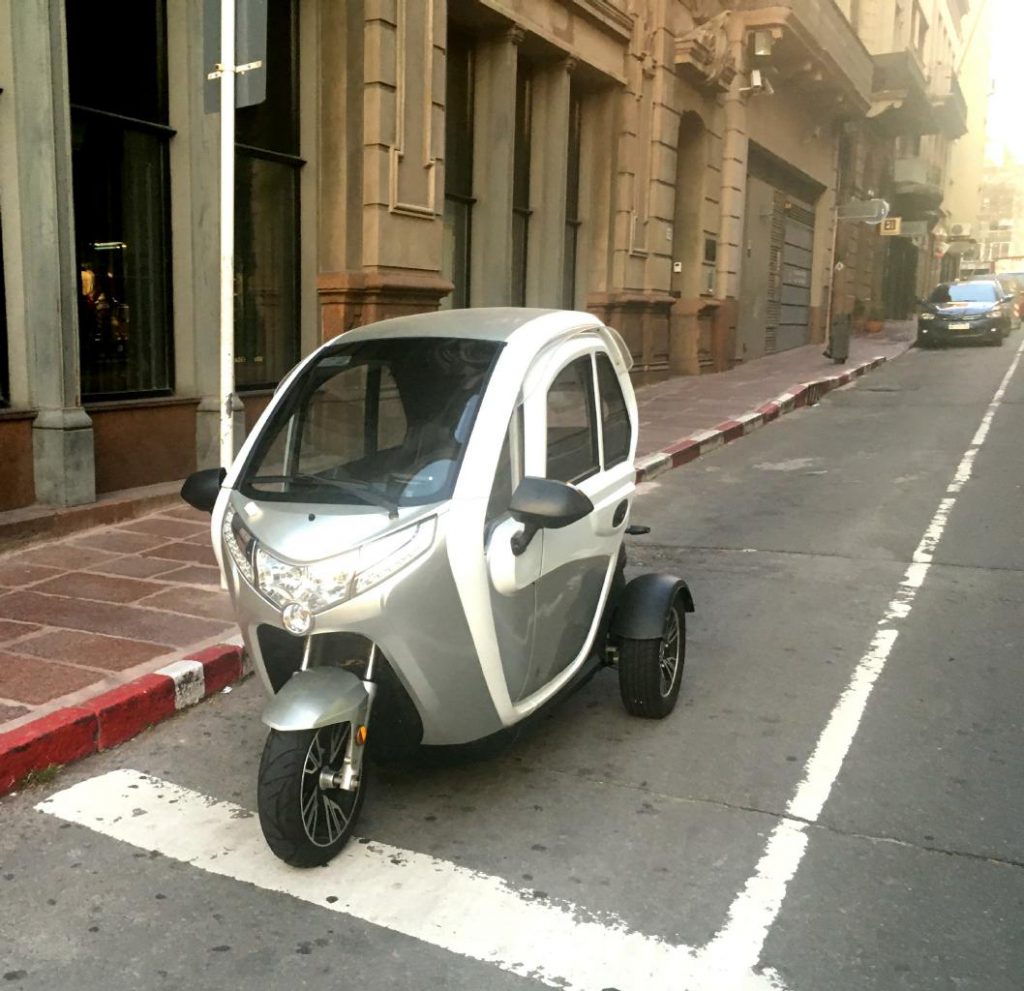
To its credit, Uruguay has some very progressive policies. Uguguay invests 3% of its annual GDP in renewable energies with almost half of its electricity coming from wind power. Flying into Montevideo, I saw many large wind farms. Although Brazil is full of big, expensive cars, Uruguayans drive more modest vehicles. This country is on track to achieving total carbon neutrality by 2030.
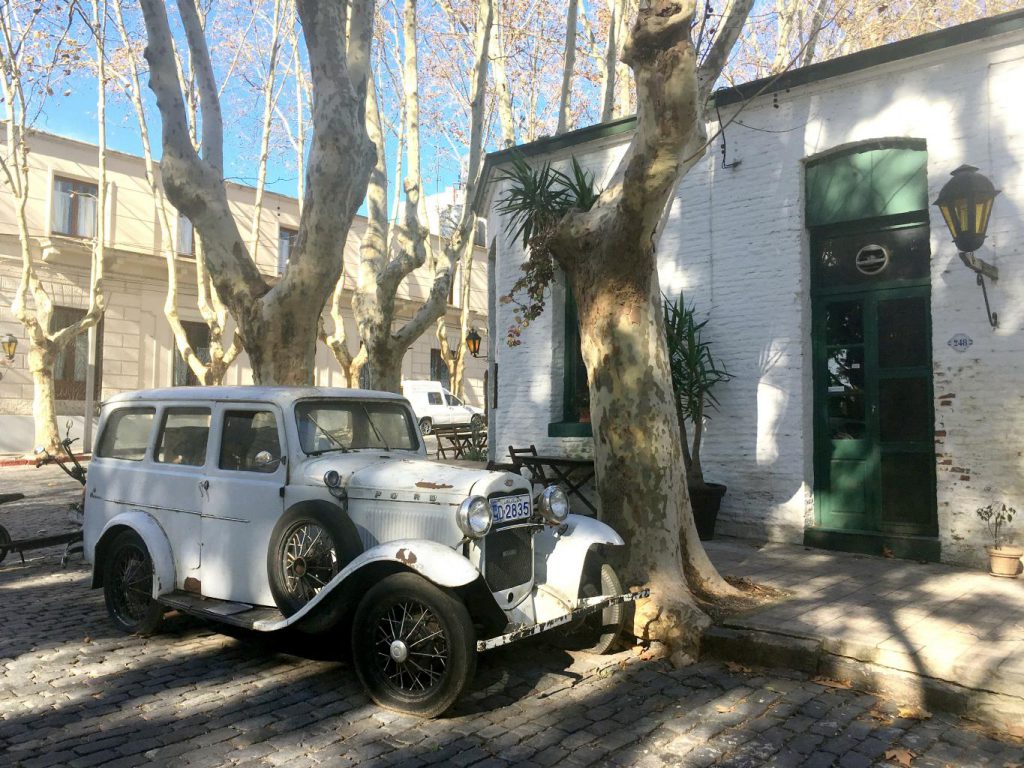
Of course, not all of the cars in Uruguay are 21st century vehicles. There’s lots of old-world charm here, too.

On my first evening walking through a city park, I caught a familiar smell and was reminded that Uruguay is the first country in the world to legalize marijuana. Although I find cigarette smoke to be offensive, I don’t mind standing at a bus stop and getting a slight contact high. Maybe this is why everyone I met in Uruguay seemed so mellow.![]()

The most common of all Uruguayan vices is mate, also known as chimarrão or cimarrón. People drink this stuff everywhere, even while they’re going through security at the airport. I witnessed a half-full mug of mate being sent through the x-ray machine. I don’t think this would be allowed in the US.

Most of all, Uruguayans are meat-eaters. It would be difficult to be a vegetarian in this country. Montevideo has several open-air markets where food is sold, cooked and served. The mouth-watering smells from the barbecues are almost fattening.
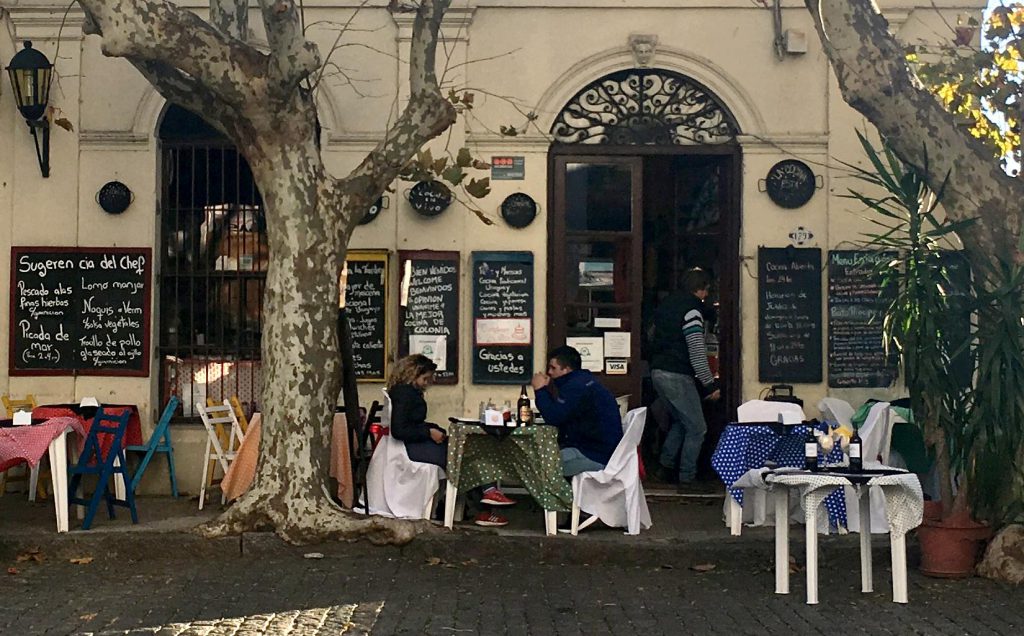
June is winter down here in Uruguay. The weather is comparable to December in Santa Barbara. I’m glad I came here at this time of year. This is the low season. There’re always tables available at the sidewalk cafes, especially outdoors.
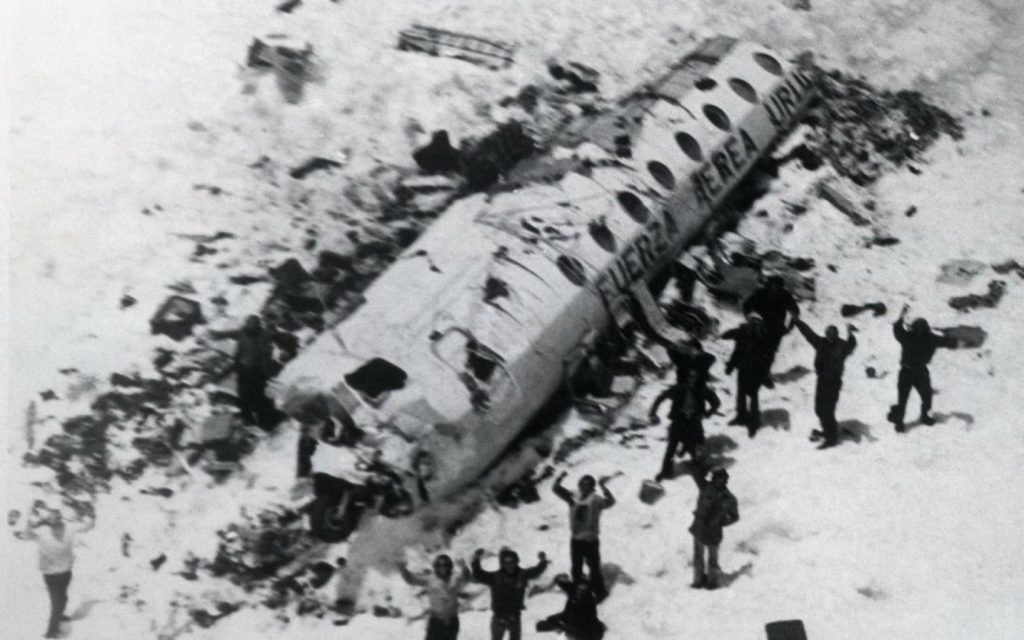
In October 1972, I was 19 years old. In that month, an airplane disappeared into the Andes en route from Montevideo to Santiago, Chile. Most of the 45 passengers were 19-year-old rugby players from Uruguay. I followed the story as it went from disaster to tragedy to miracle to disbelief to acceptance. After 72 days at 4500 meters, 16 young men survived … by eating their deceased teammates. Uruguay still talks about this story and there’s a museum all about it in Montevideo. I made a point of visiting this hallowed place to see the remains of the aircraft and the interviews with the survivors almost five decades later. It’s likely that the only people who could have survived a situation like this are young athletes. An amazing, human story of teamwork and faith.
In all, I was only in Uruguay for 4 days, visiting the country’s two largest cities: Montevideo and Colonia del Sacramento. I must keep moving because I have to be in Chile by July 2nd for a cosmic event. So, as with Brazil, I have only scratched the surface of Uruguay. At least I have a first impression — and it’s a positive one.
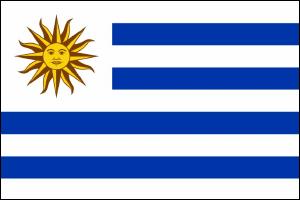
I simply could not leave your website before suggesting that I extremely enjoyed the usual info a person provide to your visitors? Is going to be back frequently to investigate cross-check new posts
I’m not that much of a internet reader to be honest but your sites really nice, keep it up!
I’ll go ahead and bookmark your site to come back in the future. Many thanks
Pretty! This was a really wonderful article. Thank you for providing this information.
I have been surfing online more than 3 hours lately, yet I never found any interesting article like yours. It’s beautiful price sufficient for me. Personally, if all web owners and bloggers made excellent content material as you probably did, the web shall be much more helpful than ever before.
Hey there! I simply wish to offer you a big thumbs up for your great info you have got here on this post. I am returning to your website for more soon.
Congratulations on your new design. I know it was a lot of time and effort. Thanks. I love following your adventures.
Love this format!
I am sharing your site with friends and family, just love reading your take on so many interesting, colorful places around the globe.
Thanks Nick!